The jersey switch that shook destiny: How Harmanpreet Kaur’s move from 7 to 23 broke a jinx of decades
Harmanpreet Kaur’s decision to change the number on her back—from the familiar 7 to the bold 23—looked small on paper. On the field, it turned out to be transformational. The switch became a symbol of a fresh start for a player who had carried the burden of near-misses for years. Here’s a clear, fact-checked look at why that jersey change mattered, what drove it, and how it coincided with one of the biggest moments in Indian women’s cricket.
A captain shaped by near-misses — the context behind the number 7
Harmanpreet Kaur arrived on the world stage as a fearless batter and an aggressive leader. Over the last decade she guided India to major finals but returned without the ultimate prize on a few painful occasions—most notably the 2020 ICC Women’s T20 World Cup final and the 2022 Commonwealth Games final, where India lost narrowly to heavy favourites. Those results left an emotional weight on the team and the captain, and the number 7 slowly became associated with “almost” rather than “arrived.”
Why 23? The story behind Harmanpreet Kaur’s jersey change
The move from 7 to 23 ahead of the 2025 home ODI World Cup was not random. Multiple reports at the time explained that Harmanpreet chose 23 for personal and superstitious reasons—partly linked to early-school associations and partly on the advice of a well-known numerologist. The number felt like a clean slate: a private ritual to reset focus before a high-pressure tournament on home soil.
A symbolic reset, not a gimmick
Players in all sports use rituals—music, routines, lucky socks. For Harmanpreet Kaur, changing the jersey number was a public sign of an internal reset. It signaled that the captain and team were ready to move on from past heartbreaks and treat the World Cup as a new chance, not a repeat of old mistakes. Coverage at the time framed it as a confidence-building step rather than the cause of outcomes.
The World Cup that rewrote the script
When India lifted the ICC Women’s Cricket World Cup in 2025—finally claiming the title they had chased for decades—Harmanpreet Kaur stood at the center of the celebrations as captain. India beat South Africa in the final and produced one of the tournament’s most talked-about performances in the semi-final, chasing a huge total and showing resilience at the top level. The victory ended a generational wait and instantly reframed narratives about “jinxes” and “near-misses.”
Leadership, not luck, sealed the deal
It’s tempting to draw a straight line between a jersey number and a trophy. The reality is more nuanced. Harmanpreet’s leadership—smart field placements, calm decision-making, and crucial batting contributions—were the practical drivers of India’s success. The jersey change was a confidence booster; the captain’s cricketing choices were the decisive factors on the field. Contemporary match reports and post-match analysis credited both her captaincy and key performances across the squad.
What the number change meant for the team culture
Changing a captain’s visible symbol can have an outsized psychological ripple effect. For younger players in the squad, Harmanpreet Kaur’s decision communicated that change is permitted and that the team is allowed to evolve. It opened the door for refreshed routines, shifted mindsets, and a willingness to let past results inform strategy—not define identity. Several teammates and pundits noted how small culture shifts contributed to a looser, more fearless India through the tournament.
Lessons for athletes and teams: practical takeaways
- Control the controllables: Little rituals (like a jersey number) are useful only when paired with clear training, planning, and tactical clarity. Harmanpreet combined a symbolic reset with detailed preparation.
- Narrative management matters: Leaders can change a team’s story—moving from “we always lose finals” to “we’re building a legacy.” That shift in narrative helped India play with belief.
- Psychology and performance are linked: Sport is as much a mind game as a skills contest. Addressing psychological baggage openly—through rituals, conversations, or even administrative changes—can unlock performance.
The record book remembers, but the story endures
Harmanpreet Kaur’s name will sit in record books as the captain who led India to a maiden World Cup title in 2025. That statistical fact is accompanied by a richer story: of a leader who acknowledged past hurts, made a symbolic change, and then guided a team through pressure moments. Whether you call it fate, momentum, or just excellent leadership plus preparation, the jersey switch became a powerful narrative device that helped fans and players alike make sense of a long-awaited triumph.
Closing: Why the story still matters
Beyond headlines and highlights, the Harmanpreet Kaur jersey switch matters because it captures a universal sports truth: marginal, human acts—an altered ritual, a changed belief—can coexist with—and sometimes accelerate—substantial, measurable improvements. For young cricketers and leaders across sports, the takeaway is simple: respect preparation, address the psyche, and if a small change helps you perform at your best, own it.
Also Read: Suryakumar Yadav Begs AB: “Help Me Save My Career!”
















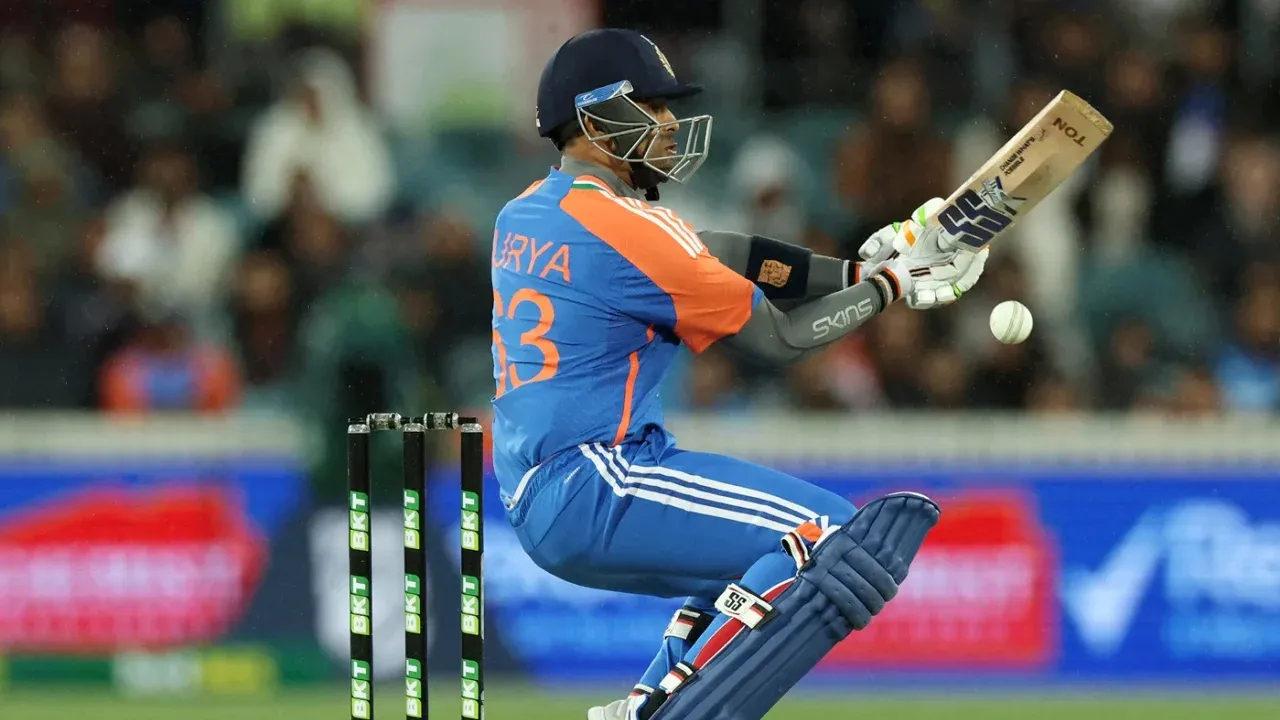



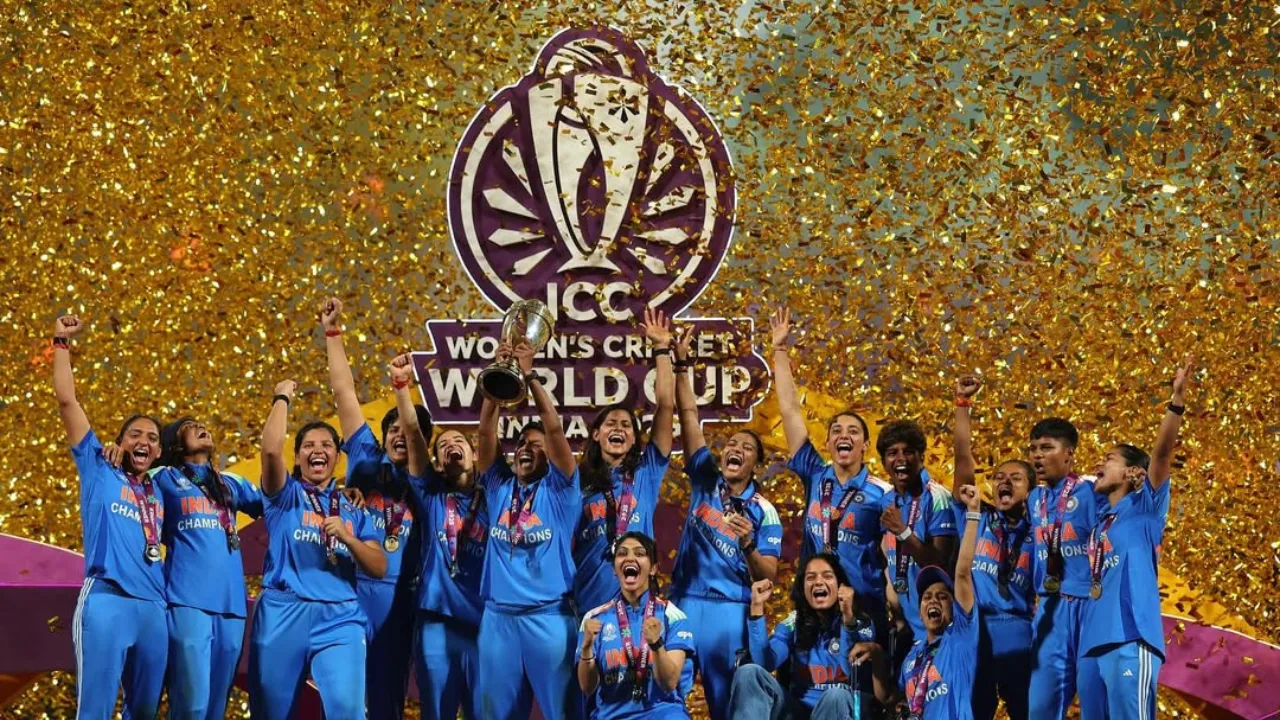
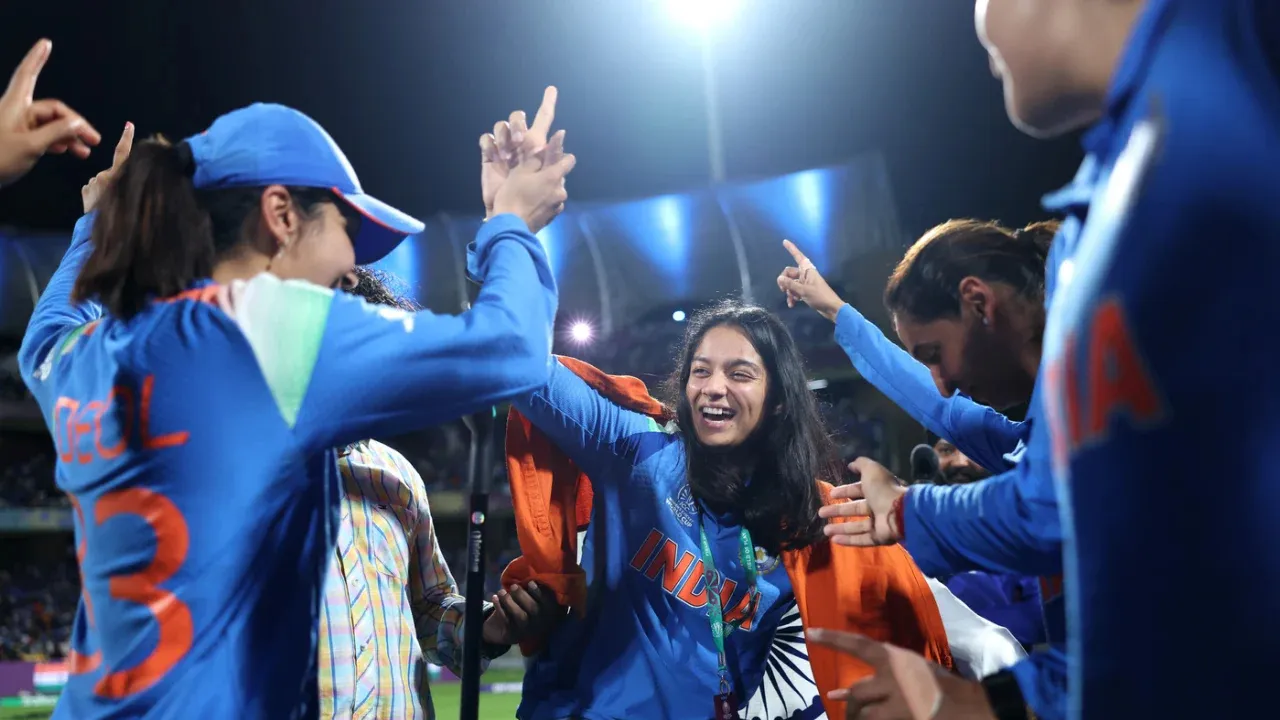
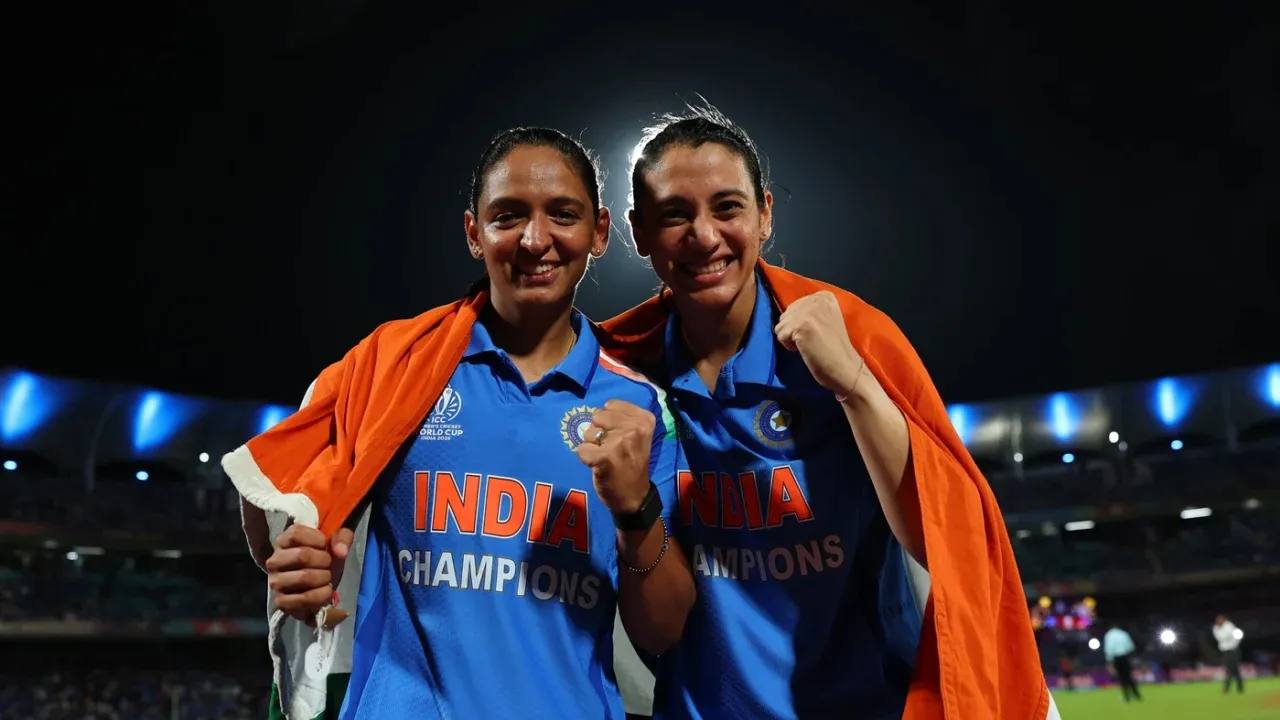


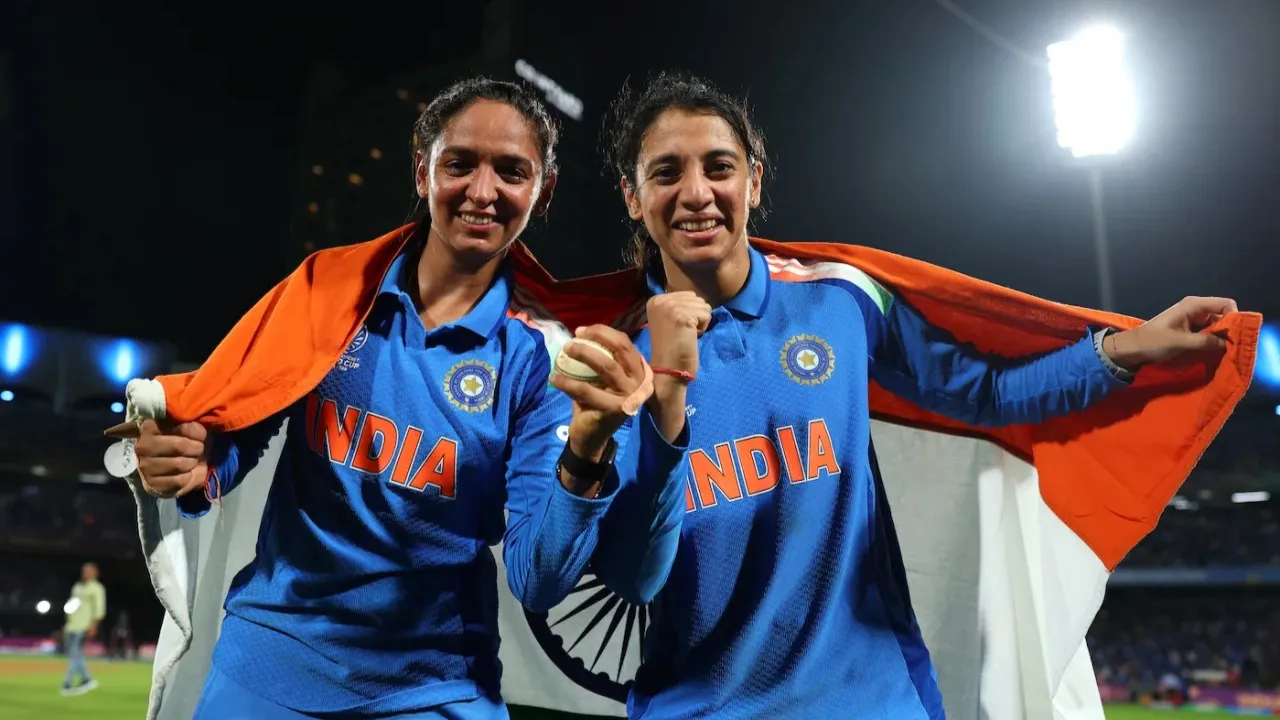


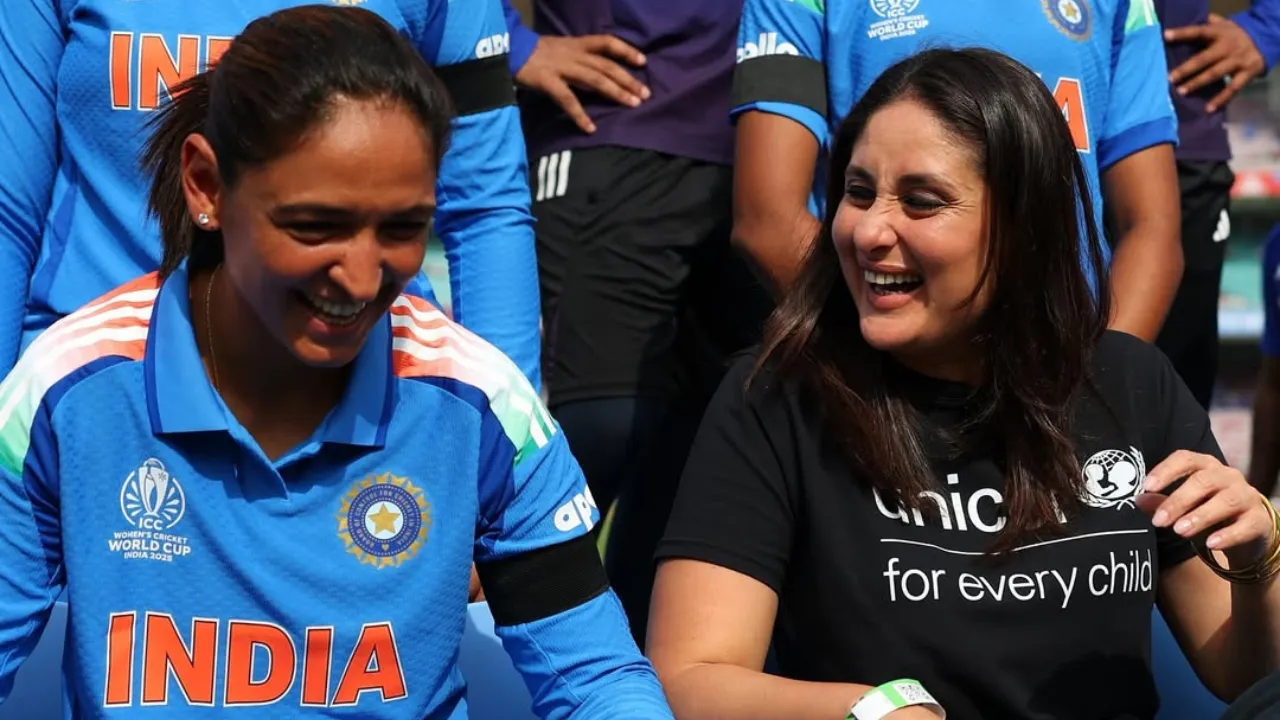
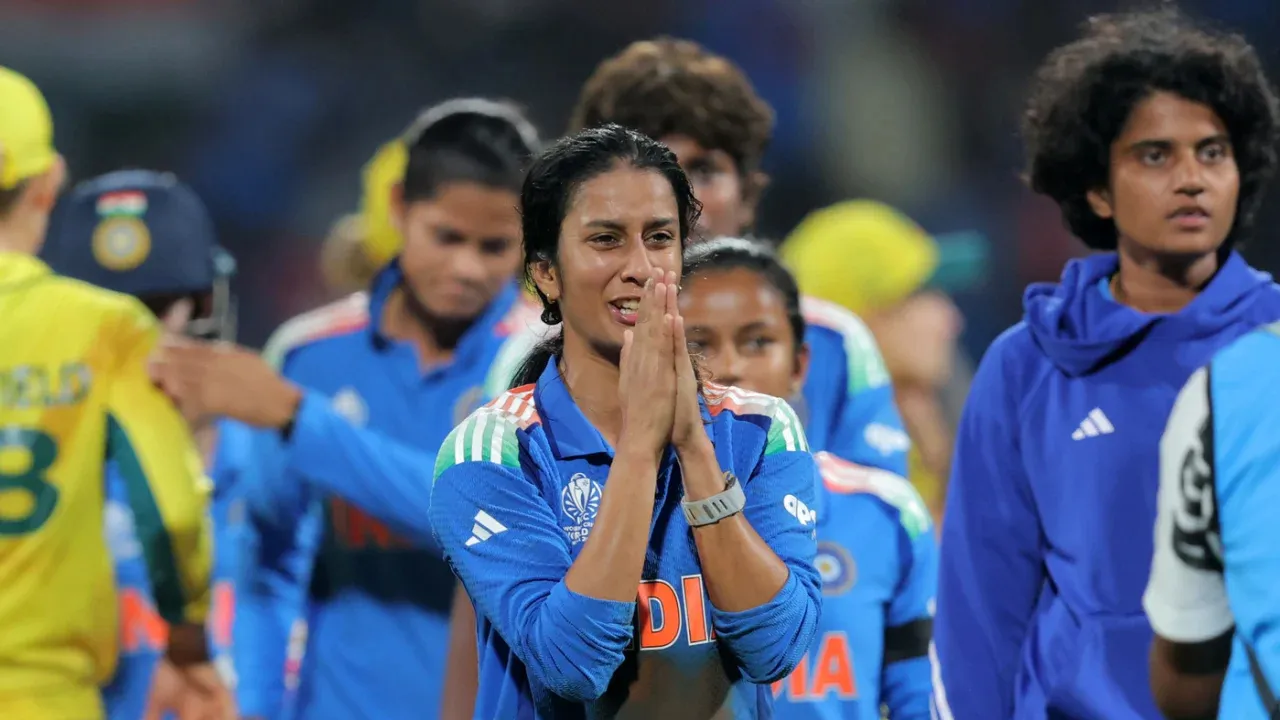







“You can’t do that after 10 balls”: Kumble slams Rishabh Pant’s dismissal